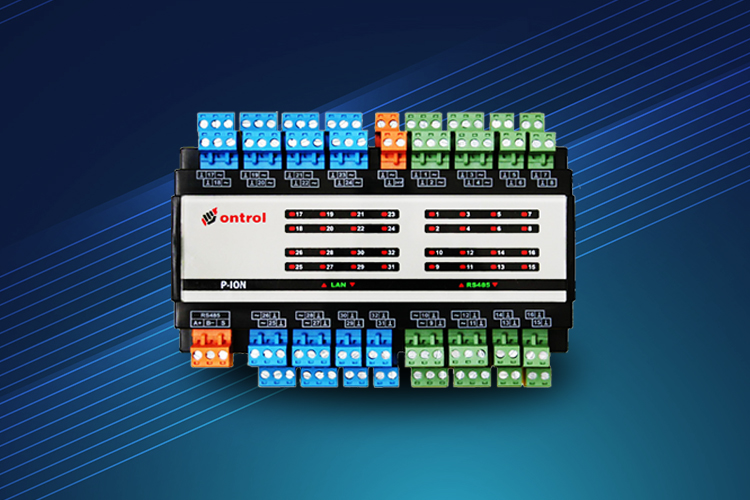
Advancements in building automation software (BAS) have made it easy to control lighting, regulate HVAC systems, and operate equipment via computers or mobile devices. Modern BAS collects massive amounts of data that is greatly underutilized because it is rarely analyzed to its full potential. The main hindrance to more effective analysis centers on the need for a standardized language to make this valuable data easily shared and accessible between different applications. To address this concern, Project Haystack was formulated to create a forum where leaders in the industry could assimilate ideas for a common language to describe the data produced by today’s equipment systems.
BAS Services & Graphics, LLC (BASSG) is a staunch supporter of Project Haystack. As an avid participator in the initiative, BASSG is helping to contrive a new language for the benefit of the industry. BASSG also understands that a standardized language is the next step in frontier of building automation and will improve building operations in a number of ways.
Smart BAS Technologies
As companies, communities, and cities embrace energy conservation through advanced technologies like smart grids, the massive volumes of data collected will require rapid analyzations to optimize energy usage. In theory, an advanced smart grid could analyze data from thousands of BAS systems and optimize energy usages on a city scale. A system capable of doing so could save millions while significantly decreasing energy waste. BASSG is assisting the pioneering effort to create a language that will make it possible to develop these types of truly intelligent systems.
Reduction in BAS Labor Costs
The conceptual models built within BAS systems are often the effort of vigorous manual labor. A standardized language for describing our systems and equipment will make it possible for standard automated processes to replace labor-intensive manual approaches. Such automation is useful in two significant ways. First, different applications can analyze equipment system models and present them to users accurately. Second, this enables the creation of advanced intelligent automation systems that can recognize equipment systems and their data, assess external and internal conditions, and improve building operations on a continuous basis. Automated models would greatly reduce labor costs, which will make building automation more cost effective for building owners of all types.
By actively engaging in Project Haystack BASSG is helping to shape the future of building automation.



